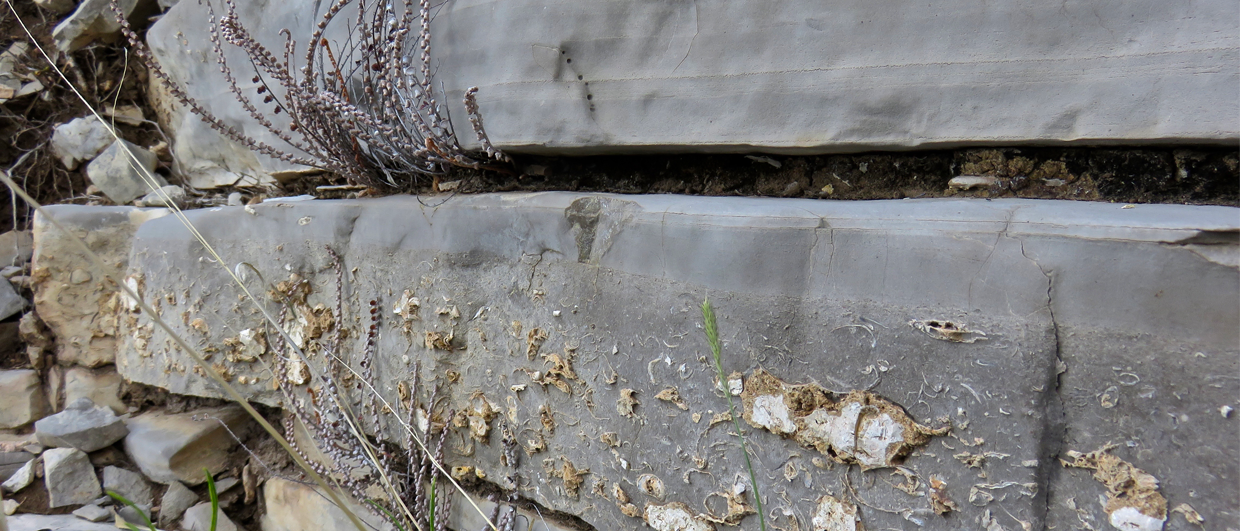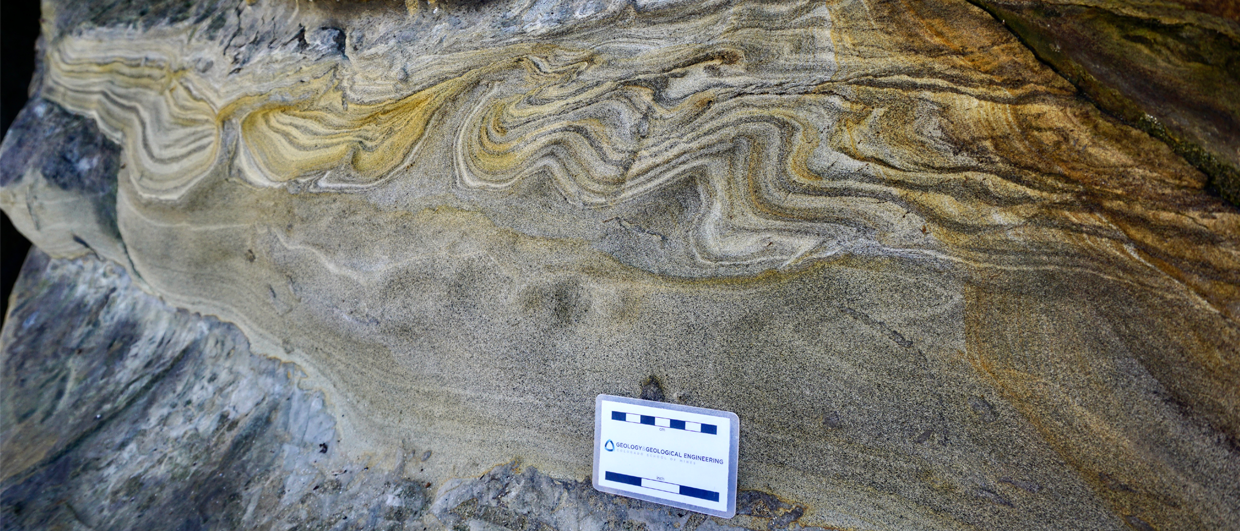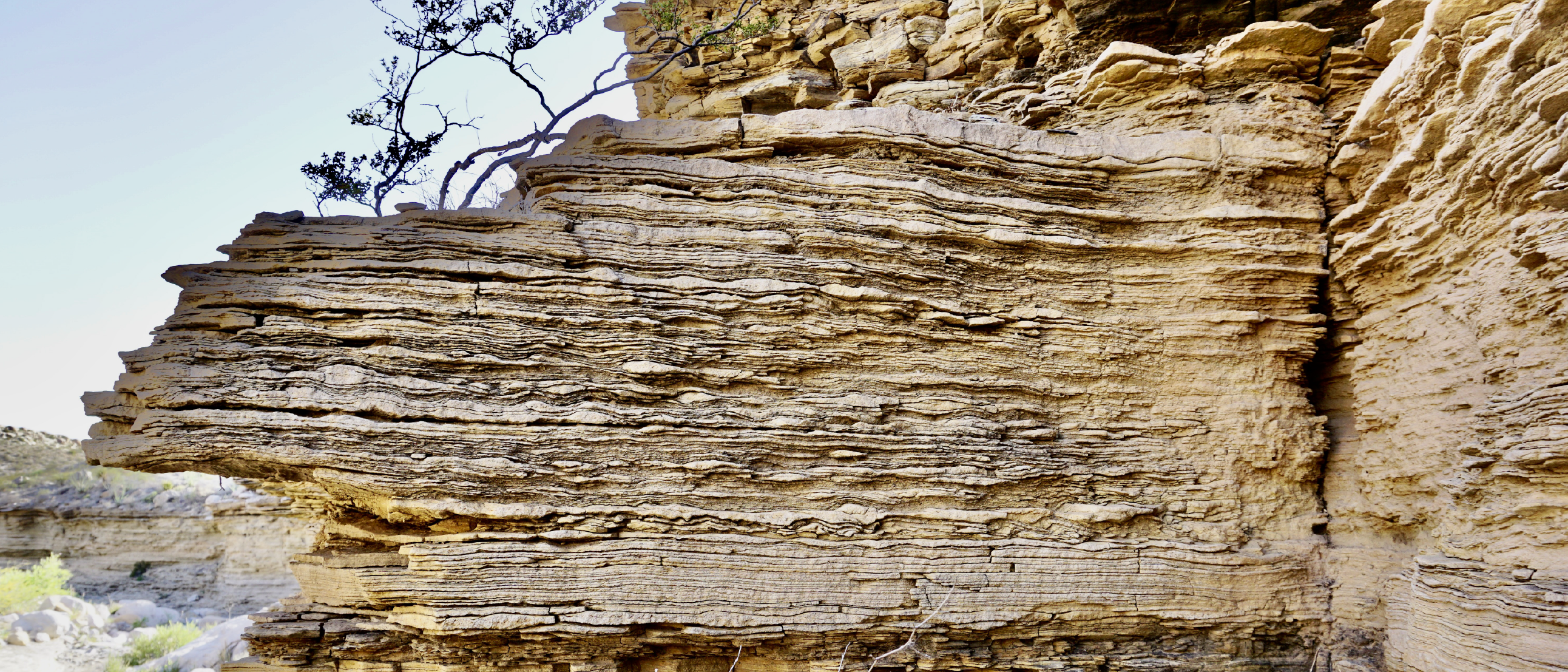 The Early to Middle Devonian was a period of global evolution of carbonate coral and stromatoporoid reef builders. Many carbonate build-ups of that age are observed around the world in the outcrop and the subsurface.
The Early to Middle Devonian was a period of global evolution of carbonate coral and stromatoporoid reef builders. Many carbonate build-ups of that age are observed around the world in the outcrop and the subsurface.
Global sea-level rise in the Late Devonian caused the drowning of many of these carbonate platforms and the deposition of widespread organic-rich shales, forming both source rocks and caprocks to prolific hydrocarbon accumulations in the underlying carbonate reefs.
This outcrop shows a “last-gasp” isolated stromatoporoid-coral carbonate platform building on top of a depositional mudbank prior to the final drowning of the entire system in the Late Devonian.
Located in the Mackenzie Mountains of the Northwest Territories in Canada, the present-day exposure closely follows the original geometry and outline of the original isolated platform’s Devonian geometry, given the resistance to weathering of the carbonates relative to its encasing organic-rich mudstones. This outcropping isolated platform has a subsurface oil-filled brother nearby, the Norman Wells oil field, located under the present-day Mackenzie River valley.





